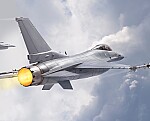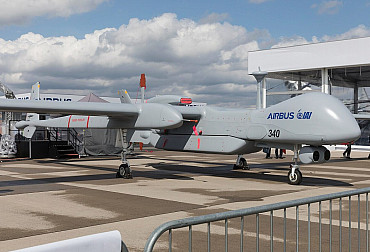Sentinel ICBM program faces cost overruns and delays
The U.S. Air Force's Sentinel Intercontinental Ballistic Missile (ICBM) program, slated to replace the aging Minuteman III missiles, has encountered significant financial and logistical challenges. The program, a critical component of the nation's nuclear deterrence strategy, is now at a crossroads due to escalating costs and extended timelines.

Escalating costs and delays
The Sentinel program, originally estimated at $96 billion, has now ballooned to approximately $131.5 billion. This stark increase in cost is primarily due to unforeseen complications in silo and launch center construction. The Air Force reported a 37% cost increase per missile, from the initial projection of $118 million to roughly $162 million. Consequently, this has triggered a Nunn-McCurdy breach, necessitating a review by Defense Secretary Lloyd Austin to prevent potential cancellation.
Impact on operational readiness
The operational deployment of the Sentinel missile, initially projected for June 2029, faces a possible delay of up to two years. This delay not only impacts the modernization of the U.S. nuclear arsenal but also increases the sustainment costs of the Minuteman III missiles, which the Sentinel is intended to replace.
Congressional support fespite challenges
Despite these setbacks, the Sentinel program enjoys robust support from Congress. House Armed Services Committee Chairman Mike Rogers emphasized the program's critical role in maintaining the nation's nuclear deterrent and pledged thorough oversight to address cost overruns while advancing the program.
Northrop Grumman's role and challenges
Northrop Grumman, the prime contractor for the Sentinel program, has faced several hurdles, including supply chain issues, workforce shortages, and security clearances. Despite these challenges, the company remains committed to fulfilling its contractual obligations and ensuring the timely delivery of this crucial defense capability.
Conclusion
The Sentinel ICBM program stands at a pivotal juncture. As the Department of Defense and Northrop Grumman navigate these complexities, the program's future hinges on effective management of its escalating costs and adherence to revised timelines. With strong congressional backing and a clear recognition of its strategic importance, the Sentinel program is expected to overcome these hurdles and play a vital role in the modernization of the U.S. nuclear deterrent.









